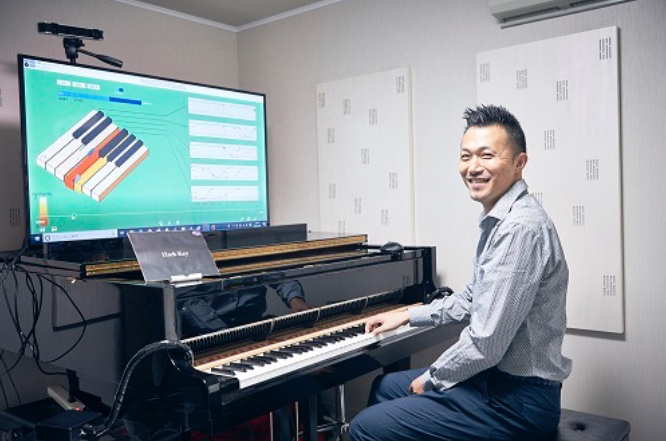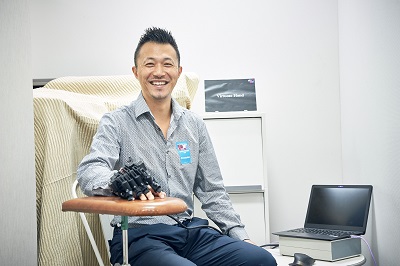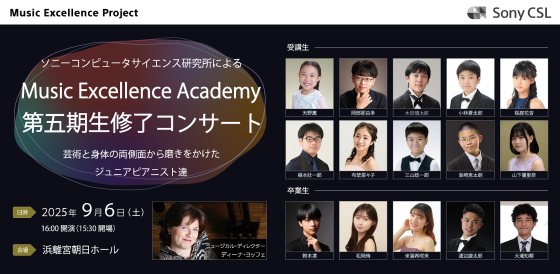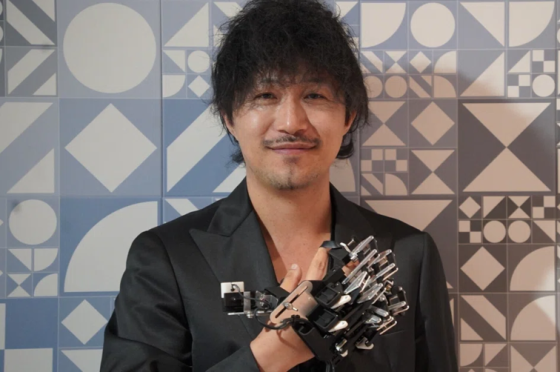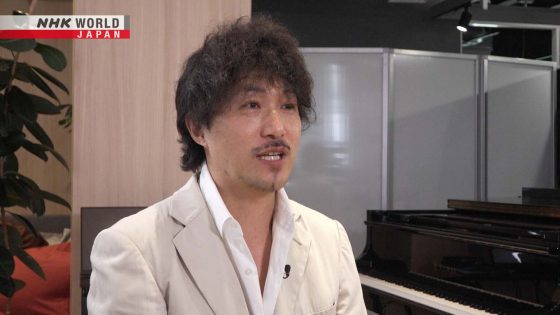古屋 晋一研究員
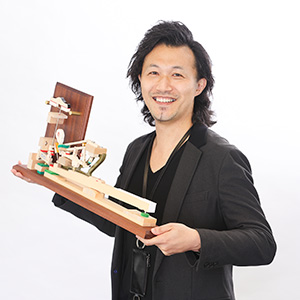
音楽家は、文化の担い手です。なぜなら、数世紀に渡り、世界中で創り紡がれてきた人類の文化資産たる音楽を、現代の私たちに届けてくれる存在だからです。豊かな創造性と高度な知性に基づく多彩な表現を生み出すためには、洗練された心身の働きが不可欠ですが、その獲得には幼少期からの数万時間に及ぶ膨大な練習が必要です。しかし、練習の過程で、思い描いた表現が創造できなかったり、心身のトラブルに苦しんだりといった問題は、古今東西を問わず多くの音楽家を苦しめてきました。音楽家の熟達と健康を育むため、研究と開発を通して、最適な身体の使い方や練習法・指導法、アガリや怪我の予防法を創出し、音楽家の創造性の具現化を実現することに、「ダイナフォーミックス」という学問は取り組んでいます。芸術と科学が相乗効果を生み出す仕組みを作り、実社会に展開することで、“持続可能な文化の発展”を達成可能な社会の創造を目指します。
Worldviews
Keywords
Selected Publications
Furuya, Shinichi and Klaus, Matthias and Nitsche, Michael A and Paulus, Walter and Altenm{\
Ceiling effects prevent further improvement of transcranial stimulation in skilled musiciansJ. Neurosci. | pages 13834--13839
Hideki Koike and Jun Rekimoto and Junichi Ushiba and Shinichi Furuya and Asa Ito
Human Augmentation for Skill Acquisition and Skill TransferExtended Abstracts of the 2021 CHI Conference on Human Factors in Computing Systems | 2021
Shinichi Furuya
Individual differences in sensorimotor skills among musiciansCurrent Opinion in Behavioral Sciences | Vol.20, pages 61-66, 2018
Furuya, Shinichi and Uehara, Kazumasa and Sakamoto, Takashi and Hanakawa, Takashi
Aberrant cortical excitability reflects the loss of handdexterity in musician’s dystoniaJ. Physiol. | pages 2397--2411
Shinichi Furuya and Takanori Oku and Fumio Miyazaki and Hiroshi Kinoshita
Secrets of virtuoso: Neuromuscular attributes of motor virtuosity in expert musiciansScientific Reports | Vol.5, oct, 2015
Shinichi Furuya and Eckart O. Altenmüller
Acquisition and reacquisition of motor coordination in musiciansAnnals of the New York Academy of Sciences | Vol.1337, pages 118--124, mar, 2015
